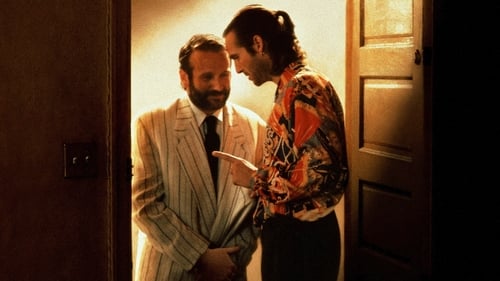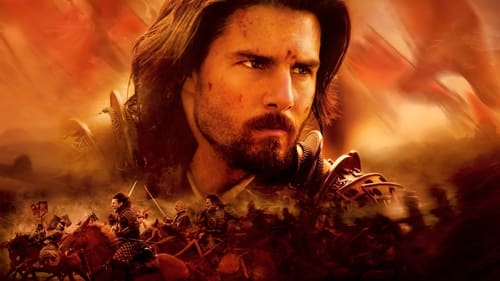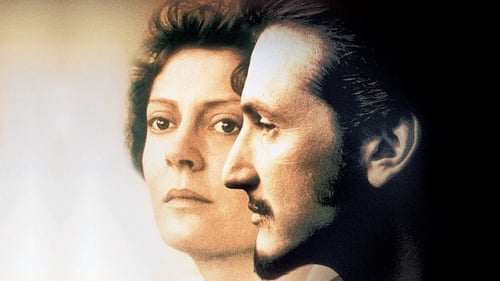AA-PROXIMA-SUN (2022)
De Que Coisas Gostas?
Gênero : Fantasia, Drama
Runtime : 5M
Director : Fernando Sá Machado
Sinopse
Uma rapariga aproxima-se de uma entidade divina que vem ao mundo sobre a forma de um guarda-chuva amarelo, acabando por se auto-descobrir.

Durante a Guerra Civil, um jovem soldado pratica uma ato ousado, é considerado herói e vai servir por sua escolha em um lugar com forte predominância do povo Sioux. Com o tempo, ele assimila os costumes dos nativos, acontecendo uma aculturação às avessas.

Locutor de rádio larga o ofício, traumatizado após ouvinte matar várias pessoas num bar porque seguiu seus conselhos num programa. É quando encontra ex-professor que, com a morte da esposa justamente naquele bar, torna-se um mendigo insano que procura pelo Santo Graal.

Em 1870 é enviado ao Japão o capitão Nathan Algren, um conceituado militar norte-americano. A missão de Algren é treinar as tropas do imperador Meiji, para que elas possam eliminar os últimos samurais que ainda vivem na região. Porém, após ser capturado pelo inimigo, Algren aprende com Katsumoto o código de honra dos samurais e passa a ficar em dúvida sobre que lado apoiar.

A Irmã Helen Prejean, uma caridosa freira de New Orleans, é a conselheira espiritual de Matthew Poncelet, um assassino cruel, revoltado e complexo, que aguarda sua execução. A missão da irmã é ajudar a quem, como Matthew, precisa encontrar a salvação. Mas quando ela tenta navegar na sombria alma de Matthew, encontra uma densidade de maldade que a faz questionar até onde a redenção realmente pode ir. Ela conseguirá adiar a data fatal da execução o suficiente para ter tempo de salvar Matthew? Ou acabará descobrindo uma verdade que abalará os próprios preceitos pelos quais norteia sua vida?

Starting in the late 1930s, illustrator and experimental animator Douglass Crockwell created a series of short abstract animated films at his home in Glen Falls, New York. The films offered Crockwell a chance to experiment with various unorthodox animation techniques such as adding and removing non-drying paint on glass frame-by-frame, squeezing paint between two sheets of glass, and finger painting. The individual films created over a nine-year period were then stitched together for presentation, forming a nonsensical relationship that only highlights the abstract qualities of the images. —Kansas City Electronic Music and Arts Alliance

"Single Frame sequences of TV or film images, with periodic distortions of the image. The images are airplanes, women men interspersed with pictures of texts like: 'silence, genius at work' and 'ich liebe dich.' The end credit is 'Television décollage, Cologne, 1963."

In an endless loop, unexposed film runs through the projector. The resulting projected image shows a surface illuminated by a bright light, occasionally altered by the appearance of scratches and dust particles in the surface of the damaged film material. This a film which depicts only its own material qualities; An "anti-film", meant to encourage viewers to focus on the lack of concrete images.

In a lifeless urban landscape where time itself has stopped its crawl, a mad ballet is commencing and a newly hatched butterfly is about to die.

Everyday Is Like Sunday is a comedy/drama aiming the lens at post-collegiate characters stuck between their imminently-ending youth and impending adulthood. The film follows Mark, Jason, and Flora, as they realistically attempt to pull themselves out of economic and emotional doldrums.

In 1944 Lye moved to New York City, initially to direct for the documentary newsreel The March of Time. He settled in the West Village, where he mixed with artists who later became the Abstract Expressionists, encouraged New York’s emerging filmmakers such as Francis Lee, taught with Hans Richter, and assisted Ian Hugo on Bells of Atlantis. Color Cry was based on a development of the “rayogram” or “shadow cast” process, using fabrics as stencils, with the images synchronized to a haunting blues song by Sonny Terry, which Lye imagined to be the anguished cry of a runaway slave. —Harvard Film Archive

Short experimental animation.

A synthesized video environment.

Maggie Carpenter (Julia Roberts) possui um grave problema: não consegue se casar. Já tentou por 3 vezes, mas na hora da cerimônia algo acontece e ela sempre foge do altar. Quando a história chega aos ouvidos de Ike Graham (Richard Gere), um jornalista machista, ele a publica em sua coluna e logo em seguida acaba demitido por não ter confirmações. Decidido a recuperar o emprego, Ike parte para a cidade de Maggie a fim de provar que o conto da noiva fujona é verídico.

Khumba é uma pequena zebra que nasce com a metade do corpo sem listras. O animal logo sofre o preconceito de todos ao redor, e segundo uma lenda local, o seu nascimento é responsável pela falta de chuva na região. Para tentar remediar este grande problema, Khumba decide partir em uma viagem solitária pela savana africana, para encontrar um lago mágico capaz de restituir as listras que lhe faltam, trazendo de novo a chuva ao seu povo. No caminho, ele encontra outros animais com traumas pessoais e isolados de seu bando, como uma fêmea gnu, um avestruz e um tigre cego de um olho.

After a fight with his wife, who's leaving him, Dan's day is getting worse by the minute. He calls an old friend for a night of binge drinking and intoxication. They start a cathartic ride through the city's underbelly.

An essay around the streets, as an homage to Fernando Pessoa

Everyday Is Like Sunday is a comedy/drama aiming the lens at post-collegiate characters stuck between their imminently-ending youth and impending adulthood. The film follows Mark, Jason, and Flora, as they realistically attempt to pull themselves out of economic and emotional doldrums.

Starting in the late 1930s, illustrator and experimental animator Douglass Crockwell created a series of short abstract animated films at his home in Glen Falls, New York. The films offered Crockwell a chance to experiment with various unorthodox animation techniques such as adding and removing non-drying paint on glass frame-by-frame, squeezing paint between two sheets of glass, and finger painting. The individual films created over a nine-year period were then stitched together for presentation, forming a nonsensical relationship that only highlights the abstract qualities of the images. —Kansas City Electronic Music and Arts Alliance

In 1944 Lye moved to New York City, initially to direct for the documentary newsreel The March of Time. He settled in the West Village, where he mixed with artists who later became the Abstract Expressionists, encouraged New York’s emerging filmmakers such as Francis Lee, taught with Hans Richter, and assisted Ian Hugo on Bells of Atlantis. Color Cry was based on a development of the “rayogram” or “shadow cast” process, using fabrics as stencils, with the images synchronized to a haunting blues song by Sonny Terry, which Lye imagined to be the anguished cry of a runaway slave. —Harvard Film Archive

ĀTMAN is a visual tour-de-force based on the idea of the subject at the centre of the circle created by camera positions (480 such positions). Shooting frame-by-frame the filmmaker set up an increasingly rapid circular motion. ĀTMAN is an early Buddhist deity often connected with destruction; the Japanese aspect is stressed by the devil mask of Hangan, from the Noh, and by using both Noh music and the general principle of acceleration often associated with Noh drama.











